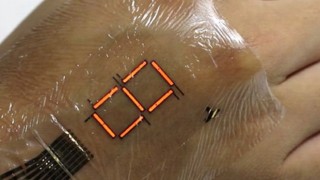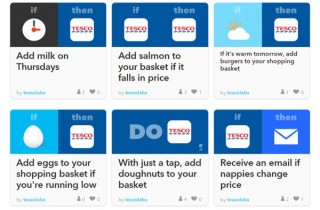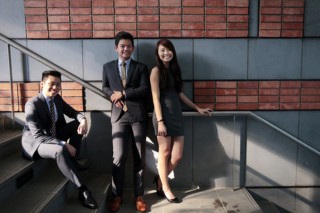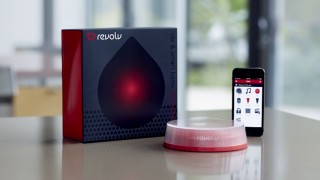
BBC News reports on an example of how wearable electronics are finding application in the medical world.
Scientists in Japan say they have developed ultra-thin electronic “skin” that can measure oxygen levels when stuck to the body.
Products, discussion and more from the world of IoT
The Internet of Things is big news – with a profusion of views and articles published on the web every day. Here at About the Internet of Things we’ll wade through that news each week to bring you regular updates on all that is IoT – finding, in our opinion, the most interesting items making the IoT news headlines.

BBC News reports on an example of how wearable electronics are finding application in the medical world.
Scientists in Japan say they have developed ultra-thin electronic “skin” that can measure oxygen levels when stuck to the body.

Jamie Carter at TechRadar questions the hype around the Internet of Things – are all the predictions and forecasts surrounding the growth of IoT over-optimistic?
despite the hype, the IoT will only catch on if it makes efficiency savings, and if the services it creates are in demand. In short, when it comes to the IoT, the jury is out.

Retail giant Tesco is bringing IoT to your home with the launch of its own channel on the IFTTT platform. Malek Murison explores what this means for their customers.
Shopping through the Tesco channel on IFTTT, users can now select a range of triggers and consequences. For example, if the weather forecast is due to be sunny this weekend, they can arrange for barbeque supplies to be added to the basket. Or more simply, if the price of beef drops below a certain amount, IFTTT will add it to the basket.

A new course on The Internet of Things at the Singapore Management University (SMU) is enabling students to conceive and develop practical IoT solutions to everyday real-world problems.
In the future, when Wi-Fi access becomes more pervasive, society may stand to benefit from the increased interconnectivity, with volunteer welfare organisations, for example, being able to track food distribution to needy families, or the visually handicapped being able to use an app to navigate their indoor surroundings.

In 2014, Google’s Nest Labs acquired Revolv, the maker of a hub for controlling devices such as lights, alarms and doors. But next month they’re shutting down the web service that powers the device – customers are understandably annoyed. Klint Finley at WIRED questions if it’s too early to adopt IoT, and looks at what lessons can be learned from this.
Nest’s decision sends a pretty clear signal that you just can’t rely on “Internet of Things” things.
—
The solution is fairly simple: make it possible for the devices to work independently of their cloud services over WiFi or Bluetooth.

Sephi Shapira explores the reality of having a connected fridge and the implications of letting IoT into your home.
Are we ready to share the details of every late-night snack, or will the fridge be the line that we draw when it comes to sharing our private information.

A ‘hack day’ held with IoT platform company EVRYTHNG could see Brompton folding bikes joining the Internet of Things as the two companies explored together the possibilities of a connected bike. Joon Ian Wong over at digital news outlet Quartz tells us how it went.
application ideas included tracking air quality and other environmental information, so riders could gauge pollution on a route; an app that would send an emergency message if it detected a sudden impact to the bike; and a program that would automatically turn on a house’s lights and phone the owner if unwanted motion was detected.
Security is one of the major concerns in the rapid advancement of the Internet of Things. Chester Wisniewski at Naked Security offers his advice on how to stay safe. From standard advice about choosing good passwords, to some less obvious recommendations, these are all sound tips.
Can you join the IoT craze without having your devices turned against you? Here are 7 tips for protecting yourself…
Danny Palmer offers his views on Gartner’s latest report on the Internet of Things. What’s holding back companies from adopting IoT even though the importance of it is widely accepted?
while many organisations actively plan to deploy IoT, there are hurdles which need to overcome before it can be done, such as setting out the business case for connected devices

According to analyst Gartner, 6.4 billion connected things will be in use worldwide in 2016. So how will those ‘things’ influence our every day lives? Jamie Carter at TechRadar attempts to enlighten us – from a proliferation of bluetooth low energy devices to smart snoozing apps and sensors for the human body, there’s no doubt 2016 will be an interesting year for the Internet of Things.
Nothing stays still when it comes to the Internet of Things…
Please note:
"abouttheinternetofthings.com"
is no longer updated
But feel free to peruse the content,
much of which is still valid